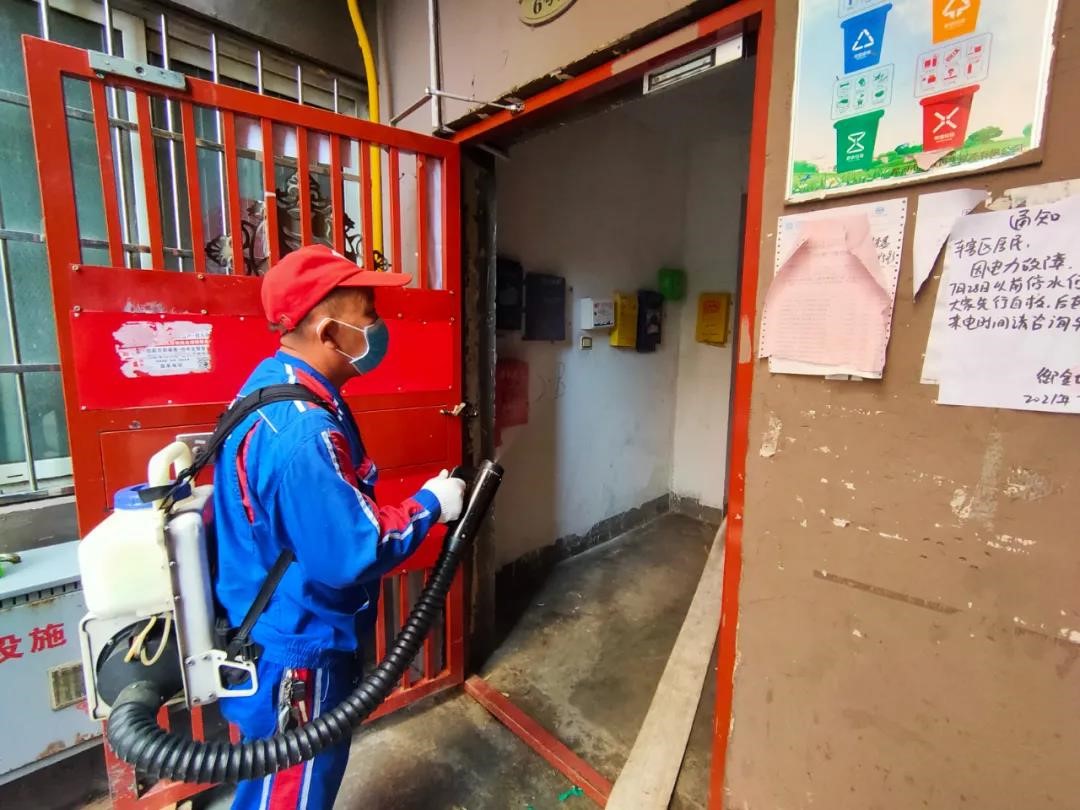Prevention and Protection | Zhengzhou Established 881 Teams for Sterilization and Epidemic Prevention
Over the past few days, Zhengzhou Municipal Health Commission has formed a total of 881 teams for various vector control and carried out post-disaster vector control work in the city's public areas in order. By far, the control area has covered 10.07 million square meters, ensuring the safety of the residents' traveling and living.

It's reported that bacteria, viruses and parasites can spread with the water after an occurrence of flood, making it easy to cause a major outbreak of infectious diseases. Therefore, after the flood recedes, sterilization and epidemic prevention have become the top priority.
Zhengzhou Municipal Health Commission has organized professionals to focus on the prevention and control of public areas such as residential buildings and yards, rivers, markets, green belts, shopping malls and stations to effectively control the vector density and ensure the travel and residential safety of all residents.
At the same time, muck and accumulated water are required to be cleared from areas with serious water pooling in garages and other places in office buildings and residential quarters; Professional companies were urged to inspect and maintain the facilities like fly-catching cages and poison bait stations in the public entertainment square in the area, spray bactericide in sewers of public toilets, and maintain and improve vector control facilities damaged by the rainstorm.
Post-flood sterilization and epidemic prevention work was carried out by the city's environmental sanitation department
On July 24, the reporter learned from Zhengzhou City Administration Bureau that in order to prevent the post-disaster epidemic, conduct prevention and sterilization work, and effectively ensure peoples' health and life safety, the sanitation department in Zhengzhou begun to comprehensively sterilize facilities, garbage disposal facilities, temporary storage sites for domestic waste, and roads in key areas on July 23. This is in accordance with the requirements of the "Public Health Emergency Response Plan for the Environmental Sanitation Industry in Zhengzhou City". So far, 127 (times) transfer stations and 1,032 (times) public toilets have been sterilized in the city.

The key areas for post-flood sterilization and epidemic prevention: Sanitation facilities such as public toilets, transfer stations, garbage bins and waste containers; treatment facilities such as incineration power plants, landfills, food waste treatment plants and sorting centres; temporary storage sites for domestic waste; tunnels and other key areas.
At the same time, all institutions are required to prepare sterilizing materials and equipment well, strengthen sanitation personnel's epidemic prevention skills and conduct safety education and training, and improve their ability to work together, handle emergencies and operate safely.